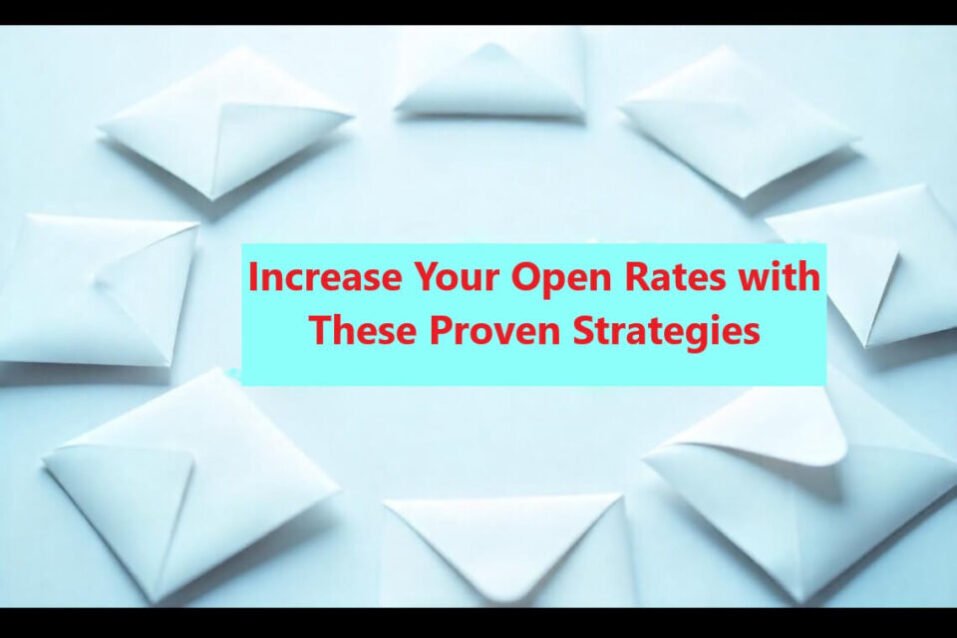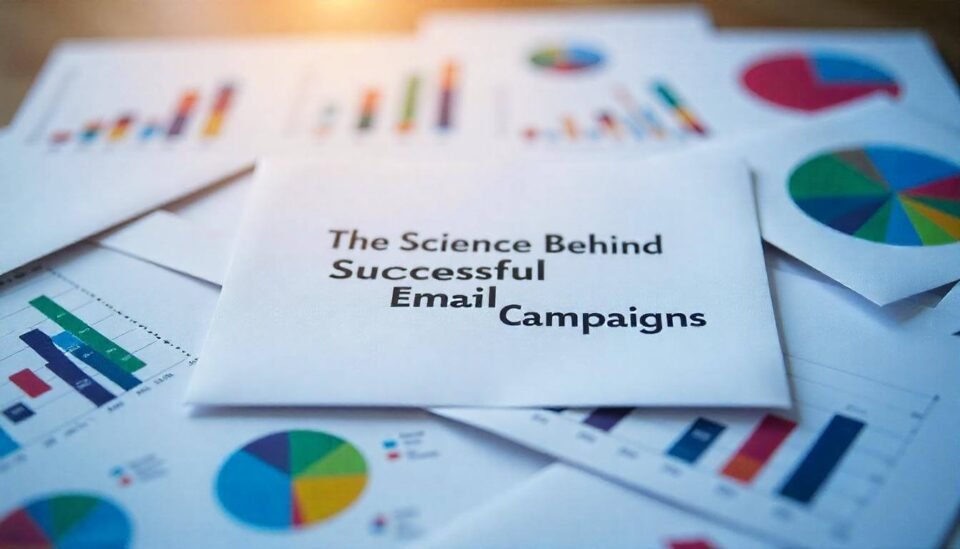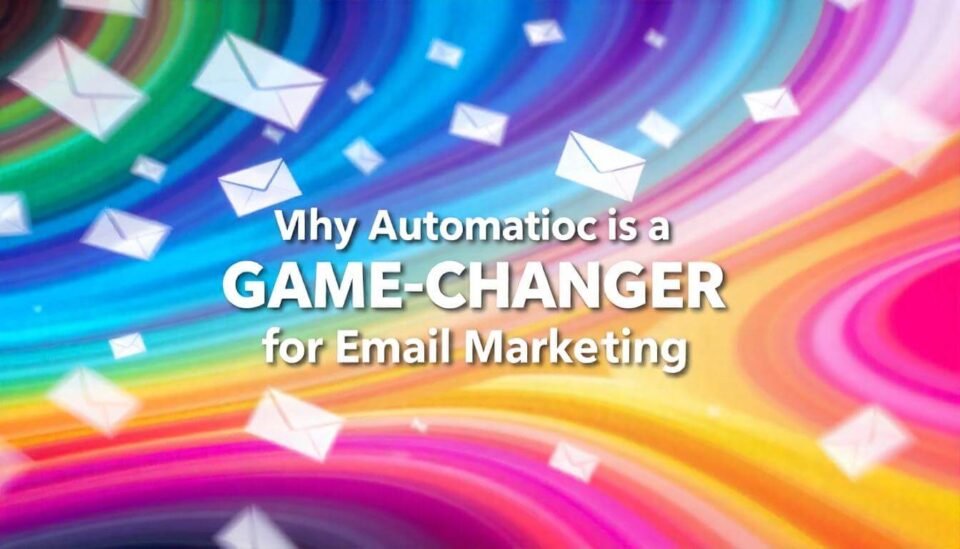Personalization is the need of the hour in the fast moving marketing world of digital, as your success as a B2B business lies in its ability to strike a chord with your audience. Email marketing is one of the most effective ways that companies take the time to interact with customers. But customers get bombarded with canned, one-size-fits-all content that simply adds noise to their inboxes; thus, tailored emails have become an indispensable way to stand out as a new voice amidst the noise, build relationships and make conversions.
Personalized email power is mightier in 2024 than it ever was before. Email marketing has become much more dynamic in that we can now present the right person with the right message at the right time. This article will discuss why personalized emails are so important in today’s digital world and how personalized emails can increase your customer experience and how to make the most out of personalized email campaigns.
Personalized Email Marketing is defined as this
Personalized email marketing is email content personalized to the individual recipient based on specific data points e.g. his past behavior, preferences, geographical location and more. While they have the opposite end, generic mass emails treat all the recipients in the same way, whereas personalized emails want a personalized experience for each subscriber, hence the email content becomes more relevant and engaging.
Previous email marketing could only address recipients by a first name, or send out promotions based on past purchases. But with data analytics improving and email marketing platforms getting better, companies now have greater access to this richer data, and can run correspondingly deeper levels of personalization. That data becomes a hammer for businesses to use on their highly targeted content, content that speaks directly to the interest and needs of the recipient.
Why Personalized Emails Matter in 2024
Higher Engagement Rates
Engagement rates are one of the biggest benefits that personalized emails bring. Personalized subject lines can cause open rates to rise by 26%. Since personalized content addresses a recipient’s interest, it resonates more, which results in better chances of getting the email opened, clicked on links or the action performed.
Enhanced Customer Experience
By 2024, customers expect a customer experience that is personal, and involves email as part of that experience. Generic marketing messages plague consumers daily, and people are increasingly picky about what they get involved with. Personalize emails and help your recipients feel seen (and understood). This is what businesses do when they send such tailored content, when they show that they understand what their customers need, this ensures they cultivate a feeling of loyalty for your customer.
Improved Conversion Rates
But emails aren’t just more engaging — they’re more converting. Relevant emails increase the chance of converting a sale or action when they are relevant to the recipient’s interests and behaviors. For example, consumers may be offered personalization recommendations based on purchases they have previously made, encouraging repeat purchases or recommended additional goods or services they might be interested in based upon their past purchases.
Better Brand Recognition
Personalization makes people feel closer to their customers. If recipients feel brands understand them, they will be more likely to trust and repeat a brand. Besides attracting attention, those personalized emails also create a feeling of familiarity, which in turn results in brand recognition and long lasting customer relations.
12 Ways to Personalize your Email
Personalised email campaigns are effective only if planned and executed the right way. Here are some strategies for crafting emails that will resonate with your audience:
1. Segment Your Audience
Segmenting your audience by key traits such as demographics, behaviors, and past interactions with your brand is the very first part to the game of creating personalized emails. Say, by folks who have purchased something within the past 30 days, versus folks who haven’t been engaged with your brand in months. This means that you can segment your audience, so that you can send more relevant emails targeted at their individual preferences and behaviors.
2. Use Dynamic Content
Dynamic content is one of the most powerful tools in personalized email marketing. You can send emails whose content changes depending on the recipient’s data, e.g. his location, his browsing behavior, his purchase history. Say, for example, a customer that has purchased beauty products in the past will receive different product recommendations than someone who has bought tech gadgets in the past. Dynamic content allows you to send one email to all those on your list, but have each recipient see different information on the email based on their actions or interests.
3. Leverage Behavioral Data
In terms of personalizing emails, behavioral data is incredibly helpful. With tracking of users’ interaction with your website (or even previous emails), you can get a better understanding of what your users prefer and are interested in. For example, if the customer never ended up buying what was in their cart you can send them a follow up email with a discount or maybe some other reminder of the things they left in their cart. Similarly, it’s likely that if a user is always browsing a particular category, then you can send them product recommendations according to their interest.
4. Personalize the Subject Line
The first thing that a recipient sees when opening their inbox is a subject line and combining both makes it special. First and foremost, a better open rate starts with personalizing the subject line and including the recipient’s name, or simply referencing something they’ve done. For example, “John, you left something behind” or “Emma, check out these new arrivals in your favorite category” are much more engaging than a generic subject like “New Products Available.”
5. Timing is Key
Your emails timing is something important when it comes to their effectiveness. Personalized emails sent at the right times are much more likely to be opened and taken action on than send a generic email to your whole list. It could be using email based on a customer’s past behavior,delivering emails shortly after a purchase, or when a user is most likely to check their inbox. But many email marketing platforms make it possible to automate this process, so that emails are sent at the optimal times.
Personalized Emails and the future.
Heading into 2024 and beyond, we are sure to see the evolution of personalized email marketing continue to be influenced by the rise of the technologies, such as: artificial intelligence (AI) and machine learning. Soon, these technologies will be able to offer even more personalization, emails becoming more and more adapted to real time data and with businesses able to respond to customers’ needs in an instant.
You can, for example, use AI to know when a customer is likely to make a purchase — and then deliver a personalized email just moments before that. This also means that with machine learning, we do not only optimise content, but also make recommendations for desired timing, continuously growing the performance of email campaigns.
Additionally, with privacy clearly a major concern, businesses will need to take supplemental steps to use personalization ethically. Use of customer data should be transparent and entrusted in order to build trust and maintain long term customer relationships.
Conclusion
If your email marketing isn’t already split testing, you should be; the power of personalized emails in 2024 is undeniable. When businesses start to create more specific content that is precise to their customer’s preferences, they’re able to promote a stronger relation with the customers, interaction with them is enhanced thus thus creating better results. Personalized emails are no longer a nice to have—it’s a must for any brand seeking to live and breathe in the lucrative yet slippery digital space. Thanks to modern tools, companies can create an email campaign that is not only in line with the current status, but also successful, so that they can stay one step ahead in digital marketing.




